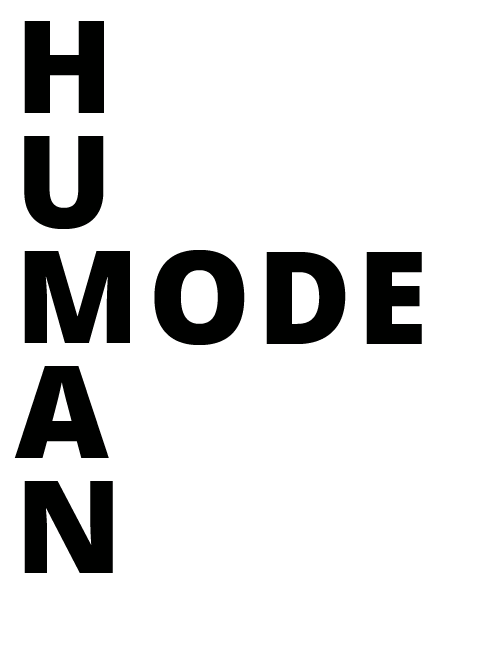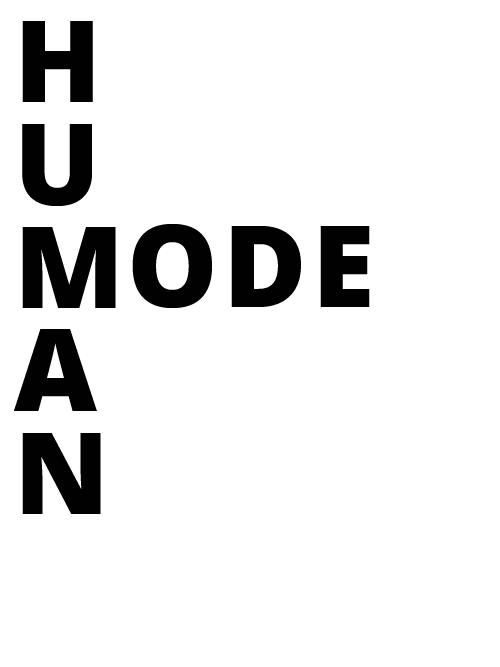As a designer I have been fascinated by the work of the Dutch designer Bertjan Pot. Pot is well known for his lamps, tables and chairs but maybe even more for his colour- and material studies. They can be recognized by their expressive and colourful character, thought through highly aesthetic design studies. But the last years, the designer has changed his research approach. Not entirely, you can easily recognize his style, but it’s messier. Lights constructed from waste, candle holders that look like they were painted with finger paint. The style reminds me of my childhood, of knutselen, a typical and unique Dutch word for craft. However, knutselen is never connected to craftsmen doing their job, it’s often connected to children messing around with whatever they can find.
This switch to a more childish approach fascinated me. It reminded me of ‘De Stijl’. Life in the interbellum could be described as chaotic and aggressive. Members of De Stijl didn’t believe in individualism. Objectivity (and universalism) would win it from subjectivity. Members spoke about purity in style and about being consequent.
It was the time of the arrival of the camera which could easily picture life, but the things it pictured were highly individual. Because you could never grasp everything, artists had to go back to the essence and made reality more abstract. This mindset had a big influence on Dutch Design which often tries to go back to the bare essentials of a product.
And it isn’t just Bertjan Pot who seems to be breaking with this traditional style of Dutch Design. Over the past years designs seem to be more organic, more unique and less precise and perfect. And it seems like that is something both designer and consumer long for.
For many years external factors have been defining how we live our lives. Society, and especially those who grew up with Internet, suffer from performance pressure and perfectionism. We seem to believe that our lives are controllable and are disappointed when we cannot keep up with all that life seems to demand from us. And do we need to?
Goblin mode was the Oxford word of 2022. According to their statement the word stands for: “a type of behavior which is unapologetically self-indulgent, lazy, slovenly or greedy, typically in a way that rejects social norms or expectations”. The term is used as a way to define individuals who reject the idea of trying to live an unattainable perfect life. It is a relief to acknowledge that we are not as perfect as we imply on our social media accounts. And do we have to? Technology is there to make all the imperfect perfect. Perfect is easy and boring.
In a few years, GPT and other AI will be more advanced and accepted. Similar to the arrival of the camera, this new technology will redefine the job of an artist. It is very likely that they will be able to execute (at least parts of) our jobs. Designers will probably work closely together with AI in the future. Design studio Oio created their very own AI creative director called Roby who has been supporting their human team during projects for clients like Iittala.It will be up to designers to curate the best ideas of AI and perfect them.
The designer’s emotion, passion and devotion will therefore become leading. Is it strange that we’re trying to define what it is that makes us unique as human beings? Going back to our essence, what is a better way to start than in our childhood? I’m sure knutselen will be a big part of it.
Mirjam de Bruijn
Februari 2023


